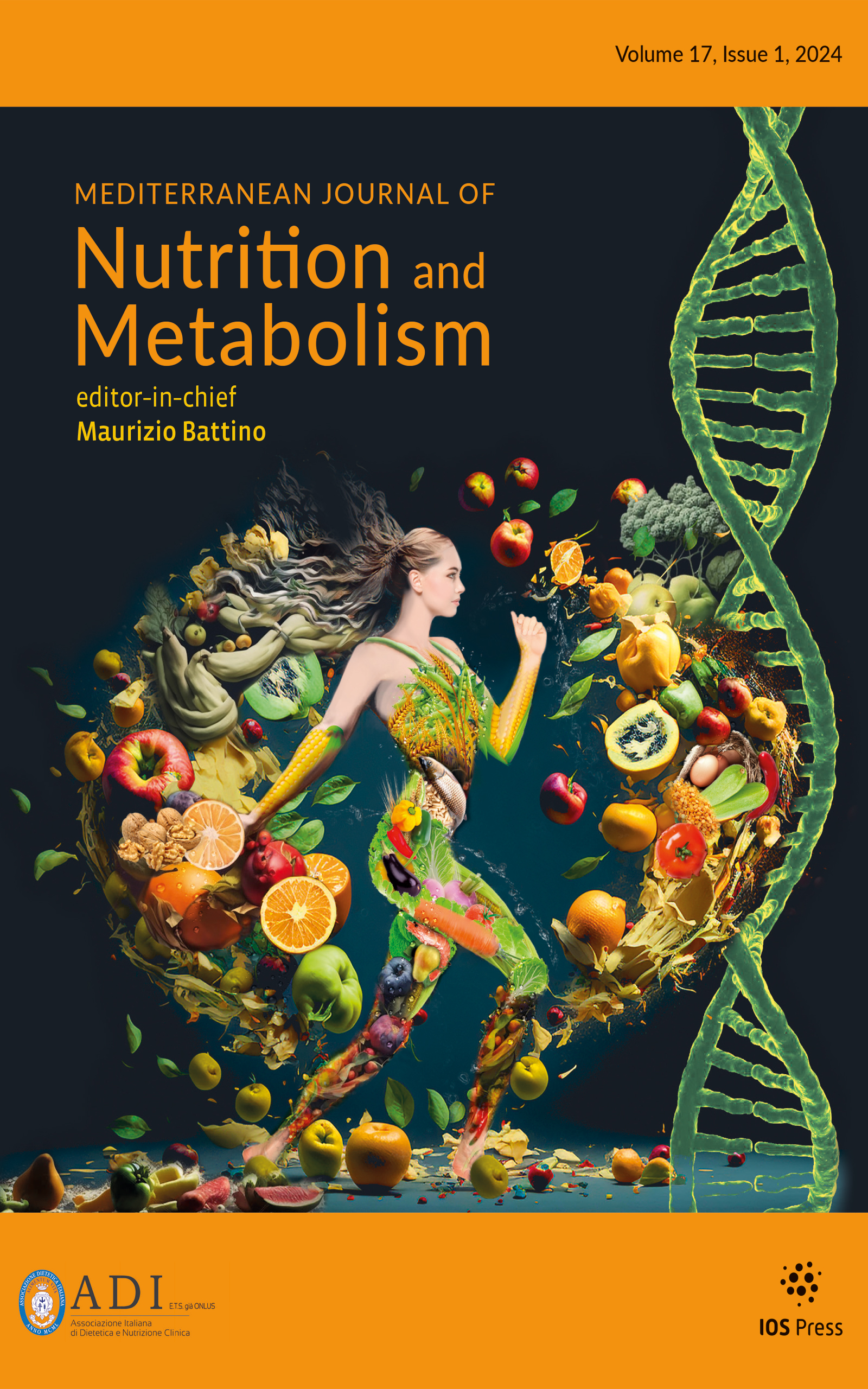Authors: Lampropoulos, Konstantinos M. | Bonou, Maria | Bountziouka, Vassiliki | Evangelopoulos, Angelos | Giotopoulou, Amalia | Vallianou, Natalia | Avgerinos, Peter | Panagiotakos, Demosthenes | Barbetseas, John
Article Type:
Research Article
Abstract:
Studying dietary patterns and its relation to the development of various chronic diseases have received much interest during the past years, since they capture a holistic approach of true diet. Haptoglobin (Hp) has been associated with cardiovascular heart disease risk especially with acute myocardial infarction, coronary and peripheral artery disease, stroke, and heart failure. This study aimed to evaluate the relationship between dietary patterns and Hp blood levels among apparently healthy adults. During 2009, 490 volunteers (46 ± 16 years, 40 % male) were consecutively enrolled to the study (participation rate 85 %). Biochemical analyses were performed through established procedures,
…after 12 h fasting. Anthropometric, lifestyle and dietary characteristics were also recorded to account for potential confounders. Principal components analysis (PCA) was the data-driven technique to extract the dietary patterns. Pattern analysis revealed eight dietary patterns through the application of PCA; however, four of them were considered nutritionally important as they explained 35 % of total variance in food consumption (“Western diet”, “Mediterranean diet”, “Meat and bakery products” and “Alcohol and stimulants pattern”). The fourth pattern (alcohol and stimulants intake) has been characterised by intake of alcoholic drinks (wine, beer, and spirits) and stimulants (coffee and tea). Adherence to the latter pattern was associated with reduced Hp levels (b ± SE −5.9 ± 2.7, p = 0.03), adjusted for age, sex, body mass index, physical activity, and smoking habits. However, multi-adjusted analysis revealed that the individual effect of alcohol or stimulants on lowering Hp levels was not significant (p = 0.27 and p = 0.05, respectively). Moderate drinking of alcoholic drinks and stimulants seems to be associated with lower haptoglobin levels, suggesting another potential mechanism for the health benefits achieved through alcohol and stimulants drinking.
Show more
Keywords: Haptoglobin, Alcohol, Dietary pattern, Healthy individuals
DOI: 10.3233/s12349-013-0122-6
Citation: Mediterranean Journal of Nutrition and Metabolism,
vol. 6, no. 2, pp. 127-133, 2013
Price: EUR 27.50





